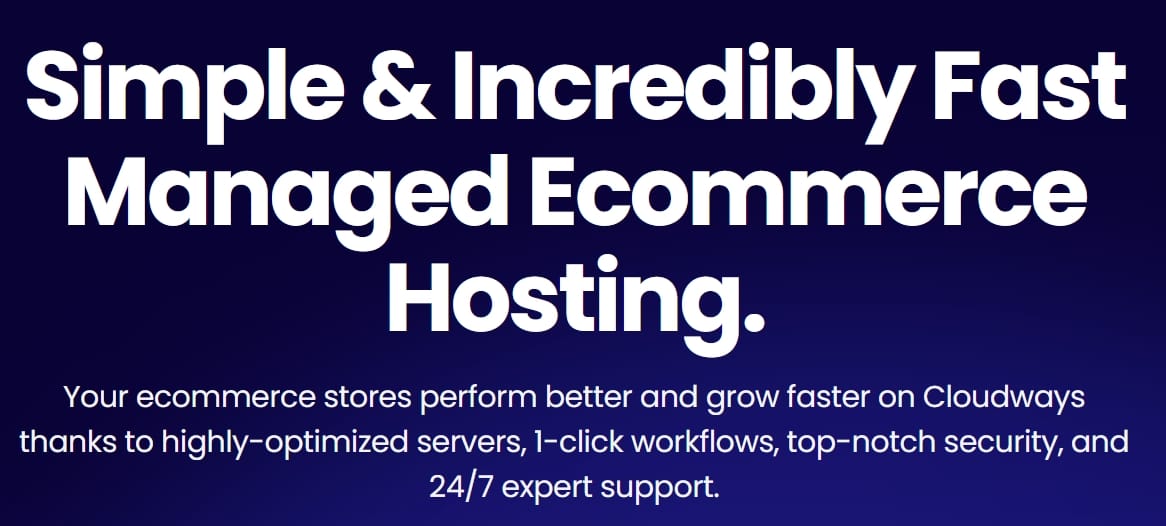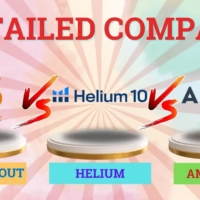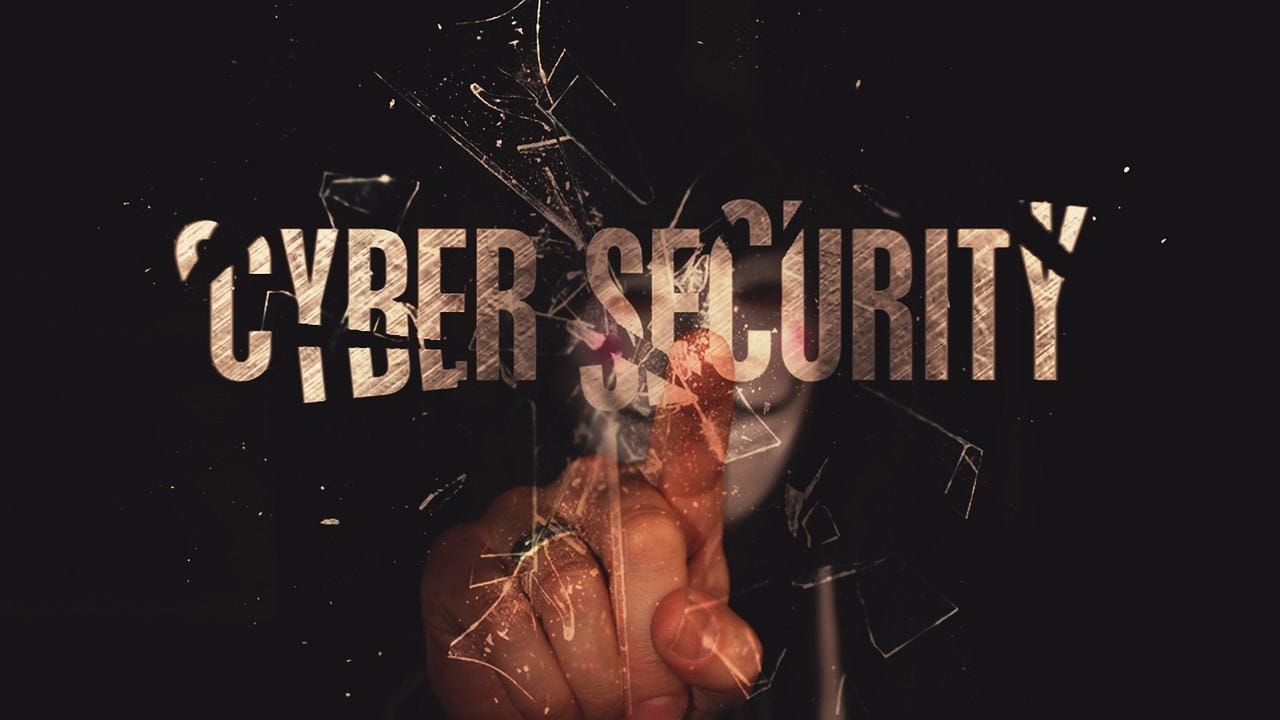Protect your website from malware with these tips. Secure your site fast using simple, proven steps to block threats.
Table of Contents
Website security matters now more than ever. Every day, many sites face attacks that can wipe out years of work and harm your reputation. Malware can steal data, harm your revenue, and deter visitors. Think of malware as a disease that invades your online home. To stay safe, you need several layers of defense.
Understanding Malware: The Common Threats
Malware, or malicious software, comes in many forms. Each type attacks your site differently:
Viruses and Worms
These programs copy themselves across your site files. They can corrupt data and spread it to visitor computers. Imagine a parasite that consumes your site’s resources.
Trojans
Trojans hide as harmless software. Once inside, they steal data or grant hackers secret access. They are like wolves in sheep’s clothing.
Ransomware
Ransomware locks your site’s files and demands payment for release. This attack can block you from your site unless you have clean backups.
SQL Injection
Attackers use SQL injection to gain unauthorized access to your database. They sneak code into forms to steal or alter data.
Cross-Site Scripting (XSS)
XSS attacks inject harmful scripts into your pages. These scripts can steal user logins or redirect visitors to bad sites.
Building Your Defense: Core Security Steps
Keep Software Updated
Old software has known flaws. Update your CMS, plugins, and server software often. Updates add patches to fix new threats.
Use Strong Login Practices
Pick long, unique passwords for every account. Add two-factor authentication for extra security. This is similar to using a key and a code to enter.
Set Proper File Permissions
Limit who can change files on your site. Restrict each user to only what they need. This way, one hacked account cannot ruin everything.

Advanced Protections: Going Beyond Basics
Web Application Firewall (WAF)
A WAF checks every visitor request for signs of attack. It blocks bad traffic before it reaches your site. Think of it as a guard at your front gate.
Malware Scanning and Monitoring
Use tools that scan your files for malware. Set up alerts for any suspicious changes. It’s like having security cameras that alert you to potential intruders.
Backup and Recovery
Backup your site regularly to multiple locations. If malware strikes, restore a clean copy. Backups are your insurance against disasters.
SSL and Encryption
SSL encrypts data between your site and visitors. It keeps login details and personal info safe from eavesdroppers.
Choosing a Secure Host: Why It Matters
Not all hosts provide the same level of protection. Shared hosting shares resources among sites, which can spread risks. Managed cloud hosts, such as Cloudways, include security patches, firewalls, and DDoS protection by default.
Server-Level Hardening
Managed hosts set strict server rules. They turn off unused services and apply secure settings. This reduces weak points.
DDoS Protection
Good hosts detect and block traffic floods. They keep your site online even during attacks.
Ongoing Maintenance: Stay Ahead of Threats
Log and Traffic Monitoring
Check your server logs for odd patterns and errors. Unusual traffic can signal an attack.
Plugin and Tool Updates
Keep security plugins current. Review their settings to stay effective.
Incident Response Plan
Have a clear plan in place for managing malware events. Know how to isolate the problem, restore backups, and tell your users.
People-Powered Security: Training and Policies
Your team plays a significant role in security. Even the best tools fail if users slip up.
Password and Access Rules
Use a password manager for unique, strong passwords. Remove access for old accounts quickly.
User Training
Teach everyone to spot phishing and suspicious links. A simple click can open the door for hackers.
Conclusion: Protect Your Digital Home
Stopping malware takes ongoing effort. Use multiple defenses, pick a secure host, and monitor your site daily. Good security builds trust with your visitors and protects your work. Remember: no site is invincible. But every layer of protection makes you a more challenging target. With the proper steps, you can keep your website safe and thriving in 2025.













